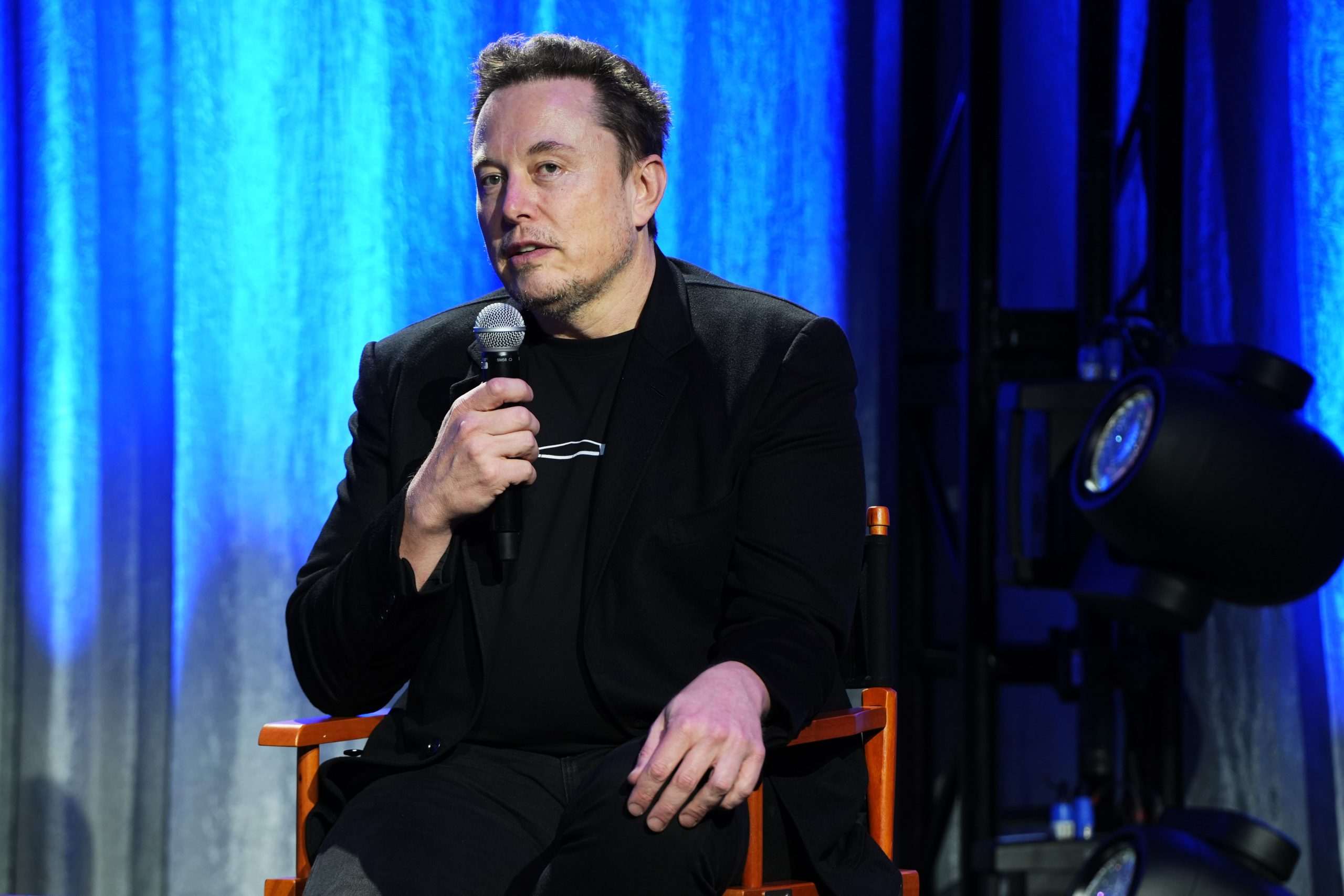
SpaceX CEO Elon Musk announced on his social media platform, X, that his company plans to send an uncrewed Starship to Mars within the next two years, with a crewed mission to follow two years later. This timeline suggests that humans could reach the Red Planet as early as 2028.
The plan in detail:
– SpaceX’s Starship is undergoing rigorous uncrewed tests to prepare for its role in NASA’s Artemis program, which aims to return astronauts to the Moon as early as 2026.
– NASA has invested $2.9 billion in SpaceX to develop a spacecraft capable of safely landing astronauts on the lunar surface.
– Musk envisions a self-sustaining city on Mars within the next 20 years, citing the need to expand human presence beyond Earth.
Musk’s grand vision goes beyond lunar missions, aiming for Mars colonization. The 400-foot Starship, touted as the largest and most powerful rocket ever built, has shown significant improvements in recent tests, the latest of which successfully splashed down in the Indian Ocean in June. This marked the first successful landing after three previous tests ended in explosions.
Musk stated that the initial Mars missions would be uncrewed, designed to ensure the reliability of the spacecraft in landing intact on the Martian surface. If successful, the first crewed missions could launch in four years.
The Artemis program represents NASA’s first major push for lunar exploration since the Apollo missions of the 1970s. Artemis aims to establish a sustainable presence on the Moon, utilizing resources such as water ice to support future deep space exploration, including Musk’s planned Mars missions.
Musk’s ambitious timeline reflects his broader goal of making humanity a multiplanetary species, a vision that aligns with ongoing efforts by various space agencies around the world. The potential for lunar resources to support interplanetary travel is seen as a key step toward realizing the dream of human settlement on Mars.